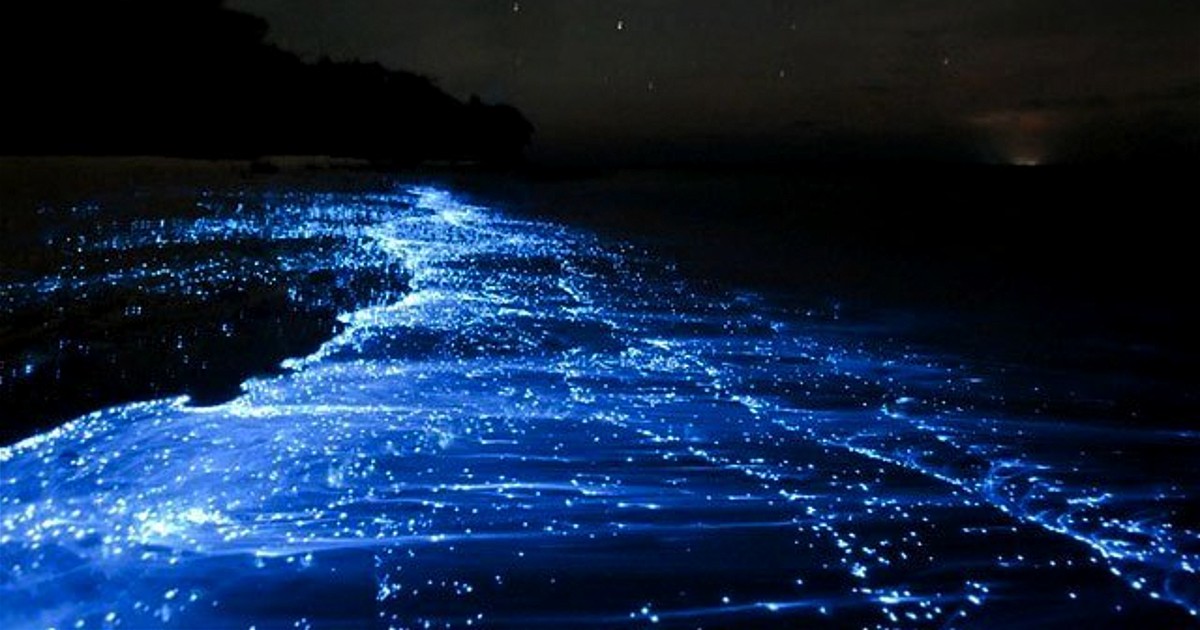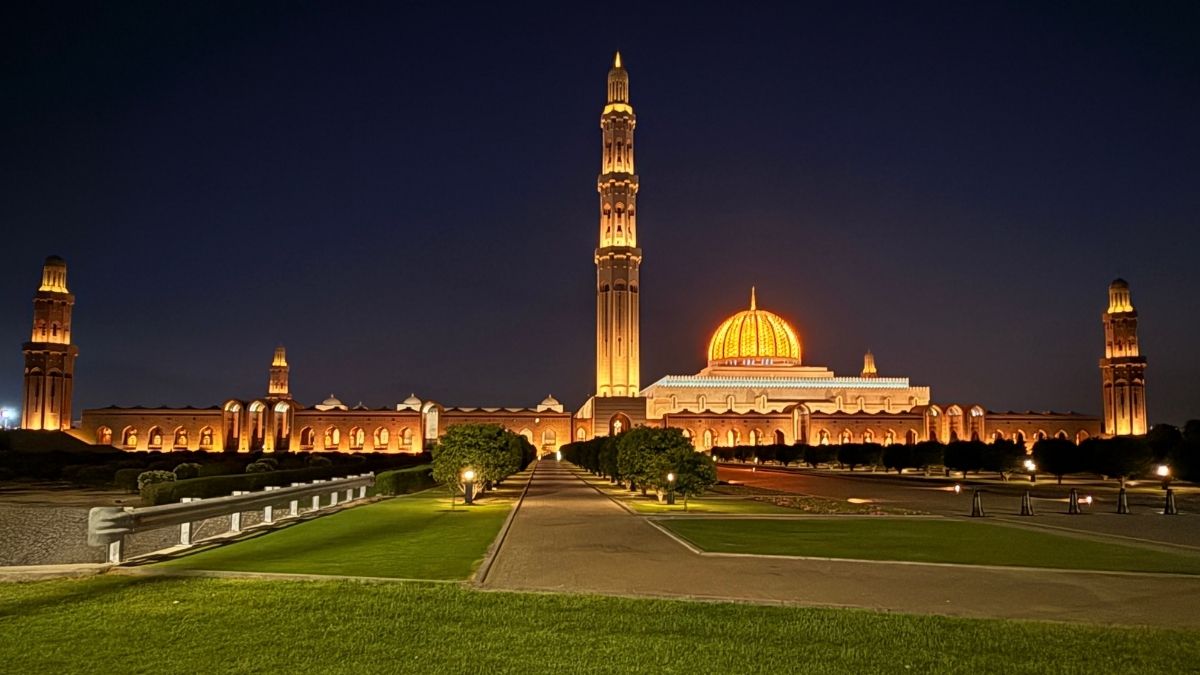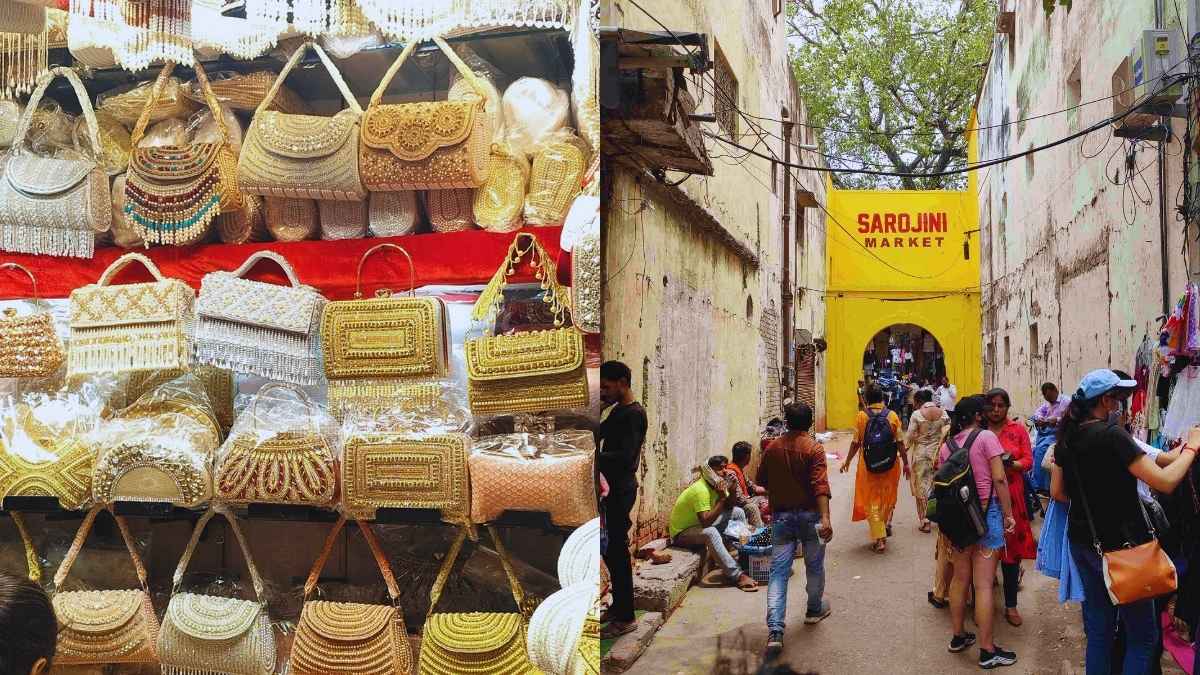Come November, the coastlines of Mumbai’s Juhu and Sindhudurg in Maharashtra sparkled up at night with millions of electric blue lights, all naturally. A similar phenomenon has also been occurring along Dakshina Kannada-Udupi coast of Karnataka for the past few days. The illumination or bioluminescence occurred at Betalbatim beach in Goa as well. According to experts, this striking phenomenon has been taking place due to the presence of dinoflagellates ( scientific name Noctiluca scintillans), which are commonly called sea sparkles.
"MAGICAL BLUE WAVES SPOTTED."🌊😍
Mumbai’s Juhu Beach is Glowing Blue with Bioluminescence.🌊
For the last few nights, the waves hitting the shore at Mumbai’s Juhu Beach have been shimmering a bright shade of blue. At first sight, this looks magical, Isn't it ? pic.twitter.com/SQd8U3a1HN
— Beach Warriors India (@beachwarriors) November 27, 2020
Sparkling Blue Waves Crashing On The Shores Of Maharashtra, Karnataka And Goa
Along the west coast of Mumbai, bioluminescence has been an annual occurrence since 2016. The tides emit blushing blue colours at night during the months of November and December. Bioluminescence is also being noticed at several points along the coastline from Mangalore to Karwar in Karnataka. According to a Mumbai Mirror report, Co-Founder of Coastal Conservation Foundation, Shaunak Modi had caught the waves in Mumbai on camera. Modi said, “Earlier in the month, we heard reports from Karnataka and a few days later from parts of southern Maharashtra. It can be assumed that it is travelling northwards along the west coast.” Consul General of India in Indonesia’s Medan has also shared pictures of the phenomenon in Goa’s Betalbatim beach. Bioluminescence has also occurred in other parts of the world like Mexico, the Maldives, Indonesia, Australia and Vietnam.
Bioluminescence in Udupi. The electric blue glow has been there on most nights this week and beaches are crowded even at midnight. It is gorgeous but the micro-plankton which causes the glow thrives in oxygen deficit areas. So, this could be a sign of the poor health of the water pic.twitter.com/e8Je7LAHxp
— Prajwal (@prajwalmanipal) November 21, 2020
Also Read: New Zealand’s Glow Worm Caves Glimmer Naturally With Countless Dots Of Blue Lights
How Does Bioluminescence Occur?
Bioluminescence is actually the result of a biochemical reaction caused by the microorganisms or planktons. According to a Hindustan Times report, Shaunak Modi has said, “This is a recurring phenomenon which is caused by a bioluminescent plankton called Noctiluca scintillans, commonly known as sea sparkle.” The microorganisms emit the magical blue lights with which the waves glow up beautifully under the starry sky of the night.
#ExploreIndia Betalbatim beach in #Goa glows in the dark due to a natural phenomenon in which bioluminescent phytoplanktons in the waves emit a bluish glow when disturbed by the waves.The effect on the waters is dramatic. @TourismGoa @incredibleindia pic.twitter.com/vpWgOKehGM
— India In Medan (@indiainmedan) November 19, 2020
Also Read: This Glow-In-The-Dark Beach In Maldives Has Sea Of Stars To Swoon You Over
It’s true that no matter whatever mankind does, nature never seems to stop surprising us. Meanwhile, Kawah Ijen Volcano in Indonesia spews out blue lava and here’s why:
First Published: November 27, 2020 1:11 PM




